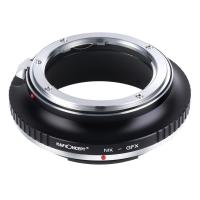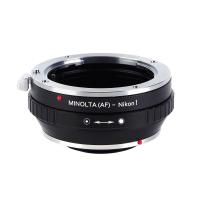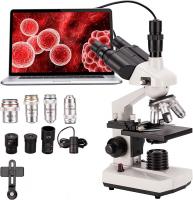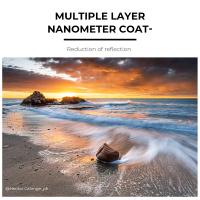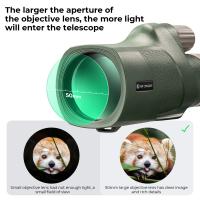Are Any Animals Microscopic ?
Yes, there are many animals that are microscopic, meaning they are too small to be seen with the naked eye. These include various types of bacteria, protozoa, and some types of algae. Some examples of microscopic animals include amoebas, paramecia, and rotifers. These tiny creatures play important roles in the ecosystem, serving as food for larger organisms and helping to break down organic matter. Despite their small size, they are incredibly diverse and have adapted to survive in a wide range of environments, from the depths of the ocean to the soil in your backyard.
1、 Microscopic animals
Microscopic animals do exist, and they are commonly referred to as microfauna. These tiny creatures are so small that they cannot be seen with the naked eye and require a microscope to be observed. They are found in a variety of environments, including soil, water, and even inside other organisms.
Some examples of microscopic animals include rotifers, tardigrades, and nematodes. These creatures play important roles in their respective ecosystems, serving as food sources for larger organisms and contributing to nutrient cycling.
Recent advances in technology have allowed scientists to discover even smaller organisms, such as bacteria and viruses, which are not technically considered animals but are still microscopic in size. These tiny organisms have a significant impact on the world around us, from causing diseases to aiding in digestion.
Overall, while the existence of microscopic animals may not be widely known, they are an important part of the natural world and continue to be studied and appreciated by scientists and researchers.

2、 Planktonic organisms
Planktonic organisms are microscopic organisms that float in the water column and are unable to swim against the current. They are an essential part of the marine food chain and play a crucial role in the global carbon cycle. Planktonic organisms include both plants (phytoplankton) and animals (zooplankton).
While many planktonic animals are indeed microscopic, not all animals are microscopic. Some larger animals, such as jellyfish and comb jellies, are also considered planktonic because they are unable to swim against the current. However, these larger animals are still visible to the naked eye.
It is important to note that the definition of "microscopic" can vary depending on the context. In the field of microbiology, for example, microscopic organisms are typically defined as those that are too small to be seen with the naked eye. In this context, all planktonic organisms, both plants and animals, would be considered microscopic.
Recent advances in imaging technology have allowed scientists to study planktonic organisms in greater detail than ever before. This has led to new discoveries about the diversity and complexity of these tiny creatures, and has highlighted their importance in maintaining healthy marine ecosystems.

3、 Protozoa
Protozoa are microscopic single-celled organisms that are classified as eukaryotes, meaning they have a nucleus and other membrane-bound organelles. They are found in a variety of environments, including freshwater, marine, and soil habitats. Protozoa are incredibly diverse, with over 50,000 known species, and they play important roles in nutrient cycling and food webs.
While not all animals are microscopic, some protozoa are indeed microscopic. In fact, many protozoa are so small that they can only be seen with a microscope. Some species are only a few micrometers in size, making them some of the smallest organisms on Earth. Despite their small size, protozoa are incredibly complex and exhibit a wide range of behaviors and adaptations.
Recent research has shed new light on the diversity and complexity of protozoa. For example, scientists have discovered that some species of protozoa are capable of forming multicellular structures, challenging the traditional view of these organisms as solitary cells. Additionally, advances in imaging technology have allowed researchers to observe the intricate movements and behaviors of protozoa in real-time, revealing new insights into their ecology and evolution.
Overall, while not all animals are microscopic, protozoa are a fascinating and diverse group of microscopic organisms that play important roles in ecosystems around the world.
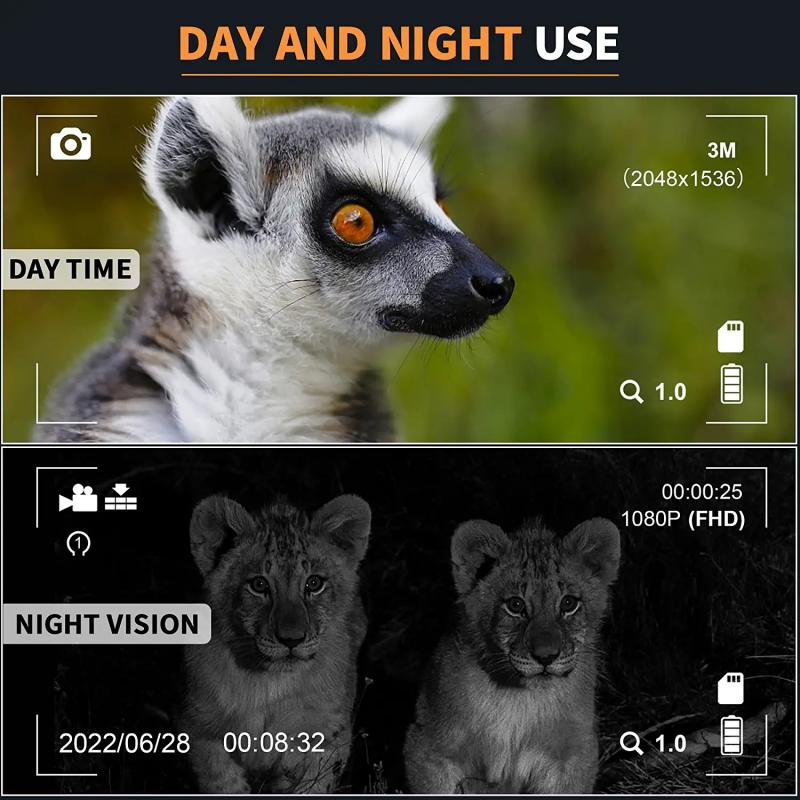
4、 Rotifers
Rotifers are microscopic animals that belong to the phylum Rotifera. These tiny creatures are found in freshwater environments and are known for their unique feeding mechanism and reproductive strategies. Rotifers are typically less than a millimeter in size, making them difficult to observe without the aid of a microscope.
Rotifers are considered to be some of the smallest animals on Earth, but they are not the only microscopic animals. There are many other microscopic animals, such as tardigrades, nematodes, and copepods, that are too small to be seen with the naked eye. These animals play important roles in their respective ecosystems and are essential for maintaining the balance of the food chain.
Recent studies have shown that rotifers are more diverse than previously thought, with new species being discovered in different parts of the world. These findings have shed light on the importance of these tiny animals in freshwater ecosystems and their potential as indicators of environmental health.
In conclusion, rotifers are indeed microscopic animals that play an important role in freshwater ecosystems. While they are not the only microscopic animals, they are unique in their feeding and reproductive strategies. With ongoing research, we are learning more about the diversity and importance of these tiny creatures.

















